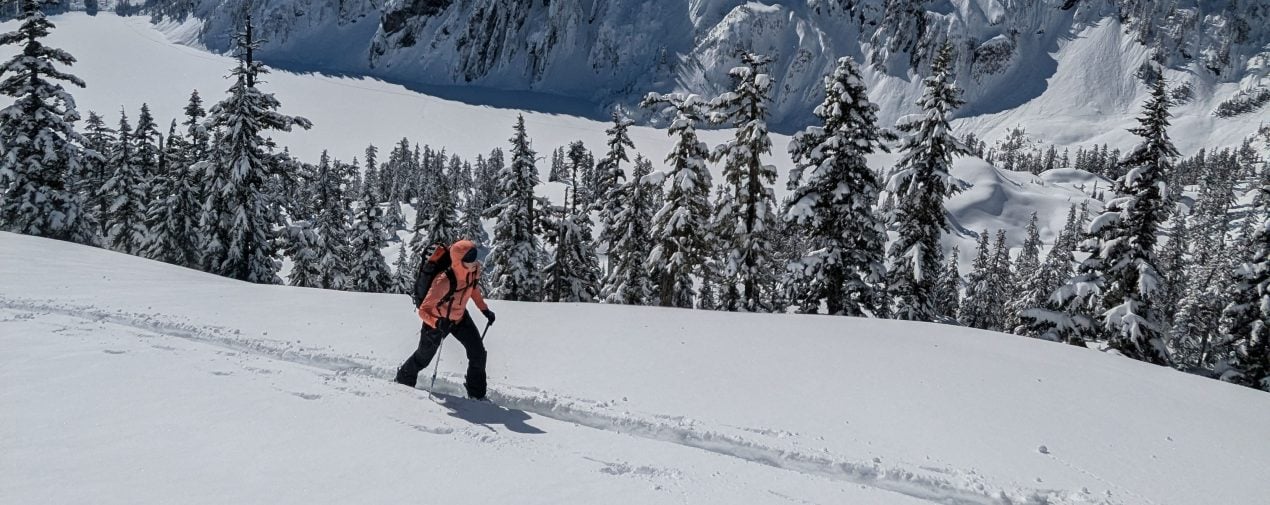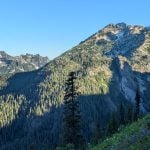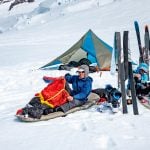Ski Wax – What Is It and Why Does it Matter?
So much is written about ski bindings, skis, ski boots … but what about that stuff you put on the bottom of your skis? And why do you even need it in the first place? If you’ve ever had a day of skiing where your bases are dry and you can’t seem to pick up speed, you know why. But let’s dive in!
Mechanics of Skiing
I won’t dive into the physics of skiing too deeply here but let’s briefly go into why you even need wax.
When skiing, your base is sliding over water in the form of snow. One of the interactions between the base material, usually some form of plastic like ‘p-tex’ or polyethylene, and the snow is kinetic friction. Remember back to your high school physics class! You might remember that kinetic friction is dependent upon a coefficient, or a multiplier.
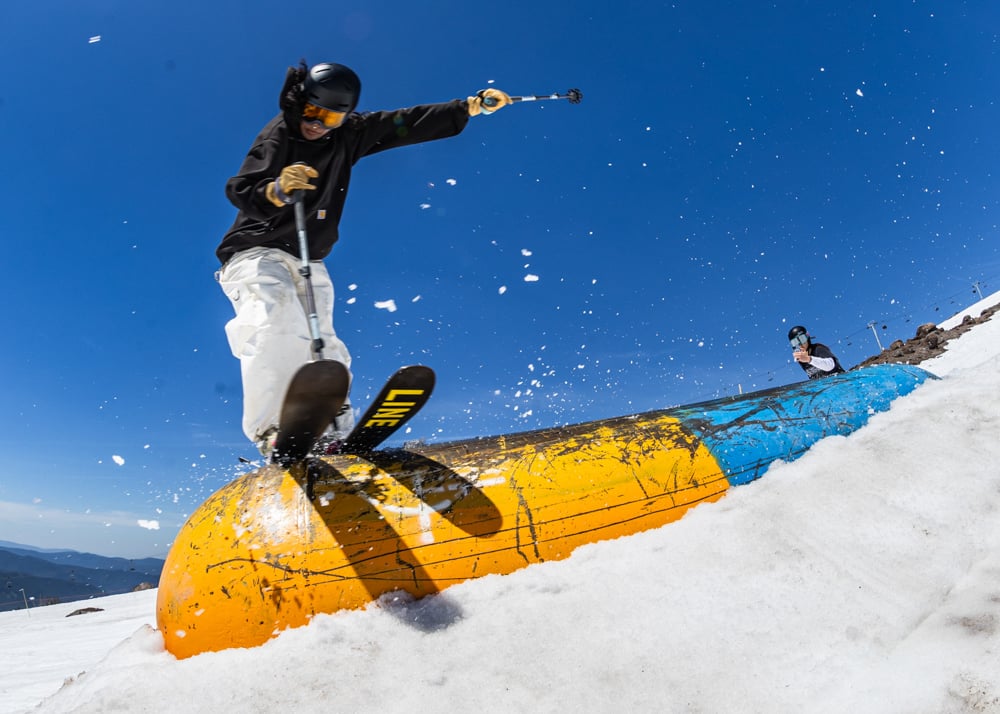
That coefficient is dependent upon a number of physical factors, one of which being which two materials are interacting! Now water is very adhesive, meaning it likes to stick to other materials readily, especially plastic. Think of when you put your plastic tupperware in the dishwasher, take it out, and it’s still riddled with water droplets all over.
Now, back to skiing, we want to be sliding smoothly down the piste. So, how do we enhance this smooth, frictionless sliding? We try to reduce the coefficient of kinetic friction! Obviously … haha. And how do we do that? Well, you guessed it — WAX!
Wax and How We Use It
We apply wax to the bases of our skis to reduce the friction between our plastic bases and the snow surface. The wax actually lies within small grooves within the ski that we can’t quite see and allows the water/snow to easily move down the length of the ski.
Now, you might ask, which wax should I use?
Ski waxes are different in the temperatures of snow/water they are designed for. Usually waxes will have an air temperature rating in addition to a snow surface temperature rating.
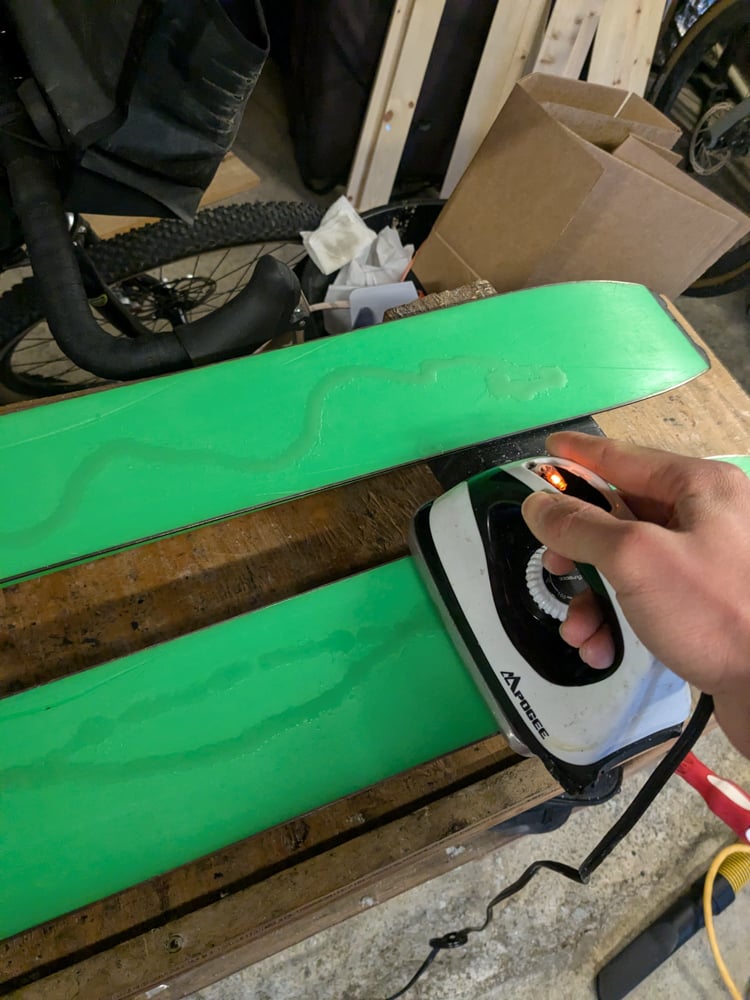
There are three main categories of wax:
‘All Temp’ or All-Temperature Waxes
All-Temp or All-Temperature Wax is what it sounds like, a wax designed for almost every temperature of snow you may experience. This is the kind of wax a ski shop will typically put on your skis, unless you specifically request otherwise. It’s versatile but not excellent at any one condition. Think ‘good enough for most anything’ but not especially perfect. Unless you are a ski racer, it’s probably fine.
Cold Weather Wax
Cold Weather Wax is designed for skiers in really cold climates, think Canada, Montana or Colorado. If you’ve ever been out on a day where the snow is so cold that it’s ‘velcro-like’, this is when cold-temp wax would be helpful. It does not like denser, wetter snow, though, and will rub off very readily in warmer temperatures.
Warm Weather Wax
Warm Weather Wax is best for springtime and in wetter climates, like the Pacific Northwest. It is designed for denser, wetter snow with a higher water content.
Why Do I Need to Reapply?
Wax rubs off, unfortunately, and we need to reapply it. Every time you make a turn and the snow exerts a frictional force on the base of your ski, there’s a tiny tiny amount of wax that rubs off into the snowpack. That is also why there’s a trend towards more biodegradable and environmentally ‘safe’ waxes, like Ecowax.
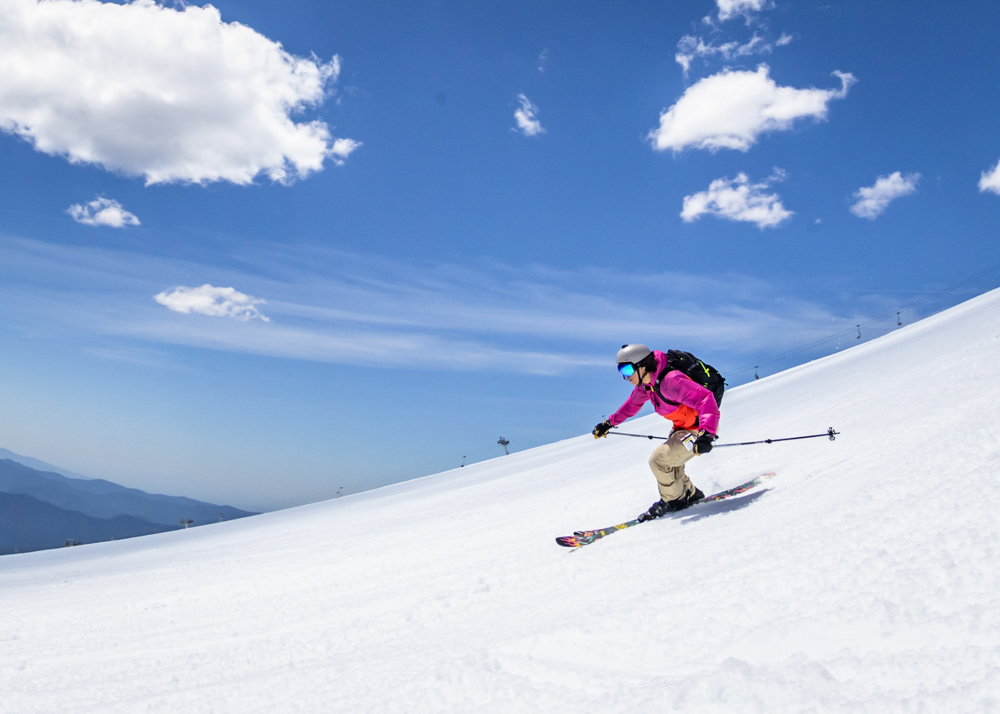
Check Your Bases and Give Them Some Love!
If you’ve made it this far into the article, go check your bases and see if they need some love in the form of wax. If you rub your hand down the ski and experience any amount of drag or resistance, your skis probably need waxing. A well waxed ski should feel smooth and fast and have a shine to it.
Go check out your local ski shop or get a tuning setup and learn to wax your skis at home!
About the Gear Tester

Sam Chaneles
Sam Chaneles is an avid mountaineer and backpacker, climbing peaks in the Cascades, Mexico, Ecuador, and Africa, as well as hiking the John Muir Trail and off-trail routes in Colorado. He has climbed peaks such as Aconcagua, Mt. Rainier, Cotopaxi, Chimborazo, Kilimanjaro, and many more. Sam graduated with a B.S. in Mechanical Engineering from Georgia Tech. During his time there he was a Trip and Expedition Leader for the school’s Outdoor Recreation program (ORGT). He has led expeditions to New Zealand, Alaska, Corsica, France, and throughout the United States. Sam is based in Issaquah, WA just outside of the Cascade Mountains. You can follow Sam and his adventures on Instagram at @samchaneles, or on his website at www.engineeredforadventure.com.

